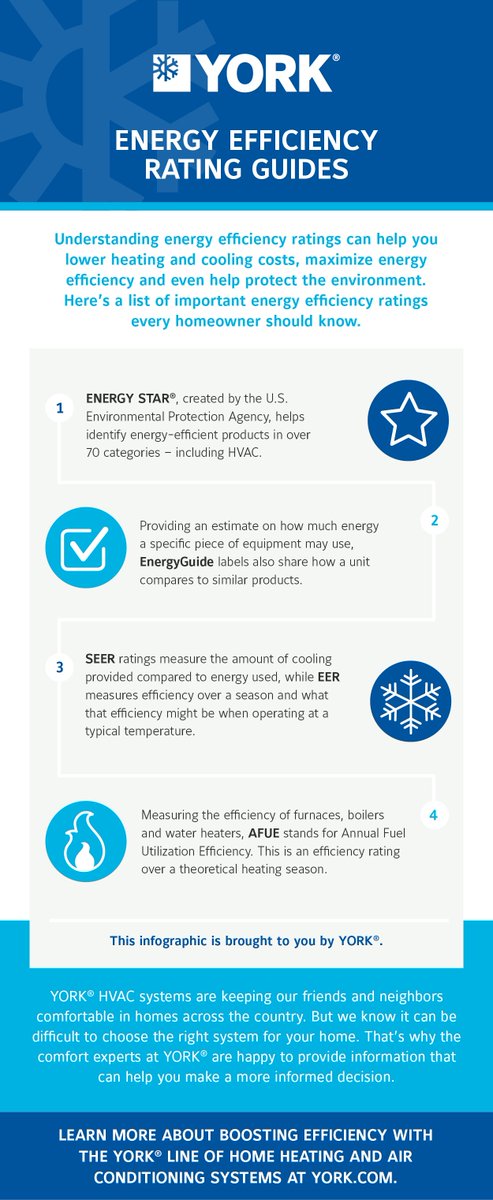The Ultimate Guide To Comprehending Warm Pumps - How Do They Function?
The Ultimate Guide To Comprehending Warm Pumps - How Do They Function?
Blog Article
Team Author-Steenberg Gylling
The very best heatpump can save you considerable amounts of money on power costs. They can also help in reducing greenhouse gas exhausts, especially if you use electrical energy in place of fossil fuels like propane and heating oil or electric-resistance heating systems.
Heat pumps function very much the like ac unit do. This makes them a practical choice to typical electric home heating unit.
Just how They Work
Heat pumps cool homes in the summer season and, with a little aid from electricity or natural gas, they offer a few of your home's home heating in the wintertime. They're a good option for people that want to minimize their use nonrenewable fuel sources yet aren't all set to replace their existing heater and air conditioning system.
They depend on the physical fact that even in air that appears also cold, there's still power present: warm air is constantly moving, and it intends to move right into cooler, lower-pressure environments like your home.
A lot of ENERGY celebrity accredited heat pumps operate at near their heating or cooling ability throughout a lot of the year, decreasing on/off cycling and saving energy. For the very best performance, concentrate on systems with a high SEER and HSPF score.
The Compressor
The heart of the heat pump is the compressor, which is additionally called an air compressor. This mechanical flowing gadget utilizes prospective energy from power production to raise the pressure of a gas by reducing its volume. https://www.fluxmagazine.com/expert-hvac-care-and-maintenance/ is various from a pump in that it only deals with gases and can not work with liquids, as pumps do.
Climatic air goes into the compressor with an inlet shutoff. It circumnavigates vane-mounted arms with self-adjusting length that divide the inside of the compressor, developing numerous tooth cavities of varying dimension. The blades's spin pressures these dental caries to move in and out of phase with each other, pressing the air.
The compressor attracts the low-temperature, high-pressure cooling agent vapor from the evaporator and compresses it into the hot, pressurized state of a gas. This procedure is repeated as needed to supply home heating or cooling as called for. The compressor additionally contains a desuperheater coil that reuses the waste warmth and adds superheat to the cooling agent, transforming it from its liquid to vapor state.
The Evaporator
The evaporator in heatpump does the very same thing as it does in refrigerators and air conditioners, transforming fluid refrigerant right into an aeriform vapor that gets rid of heat from the room. Heat pump systems would certainly not work without this essential tool.
This part of the system is located inside your home or building in an interior air handler, which can be either a ducted or ductless device. It has an evaporator coil and the compressor that compresses the low-pressure vapor from the evaporator to high pressure gas.
Heat pumps absorb ambient warmth from the air, and afterwards use power to transfer that warmth to a home or business in home heating mode. That makes them a great deal a lot more power effective than electric heaters or furnaces, and due to the fact that they're utilizing clean electrical energy from the grid (and not melting gas), they likewise produce far less exhausts. That's why heat pumps are such wonderful environmental options. (In https://cost-of-replacing-central82123.thelateblog.com/29836501/the-future-of-home-home-heating-exactly-how-heatpump-innovation-is-developing to a big reason that they're ending up being so preferred.).
The Thermostat.
Heatpump are terrific options for homes in cold environments, and you can use them in mix with conventional duct-based systems and even go ductless. They're a fantastic alternate to nonrenewable fuel source heating systems or standard electric furnaces, and they're much more sustainable than oil, gas or nuclear a/c devices.
Your thermostat is the most important component of your heatpump system, and it works really in a different way than a conventional thermostat. All mechanical thermostats (all non-electronic ones) work by using materials that transform size with boosting temperature level, like curled bimetallic strips or the increasing wax in a car radiator valve.
These strips consist of 2 various sorts of steel, and they're bolted together to create a bridge that finishes an electrical circuit connected to your heating and cooling system. As the strip obtains warmer, one side of the bridge expands faster than the other, which triggers it to bend and indicate that the heating unit is needed. When the heatpump is in home heating setting, the reversing valve turns around the flow of refrigerant, so that the outdoors coil currently operates as an evaporator and the interior cylinder becomes a condenser.